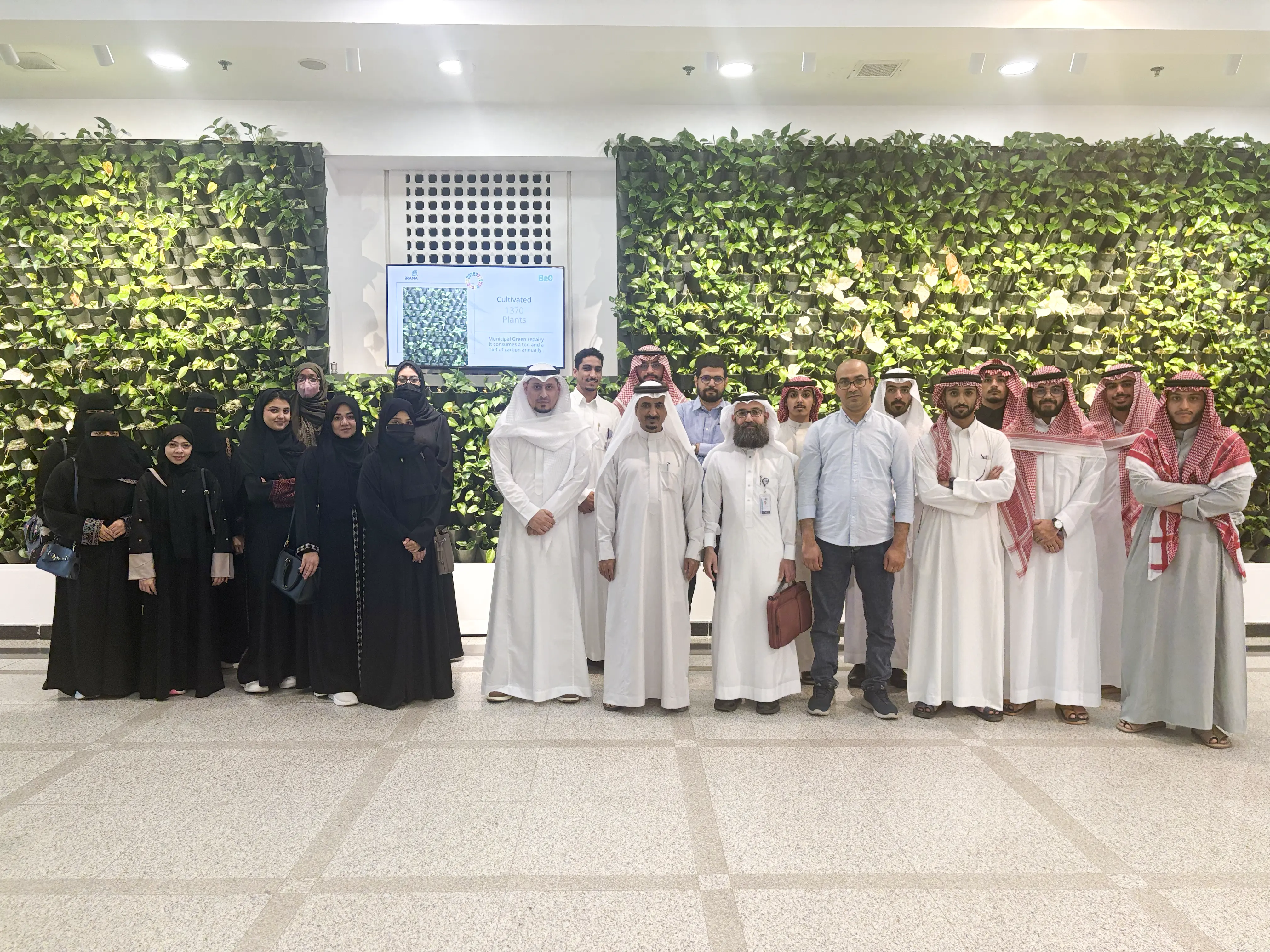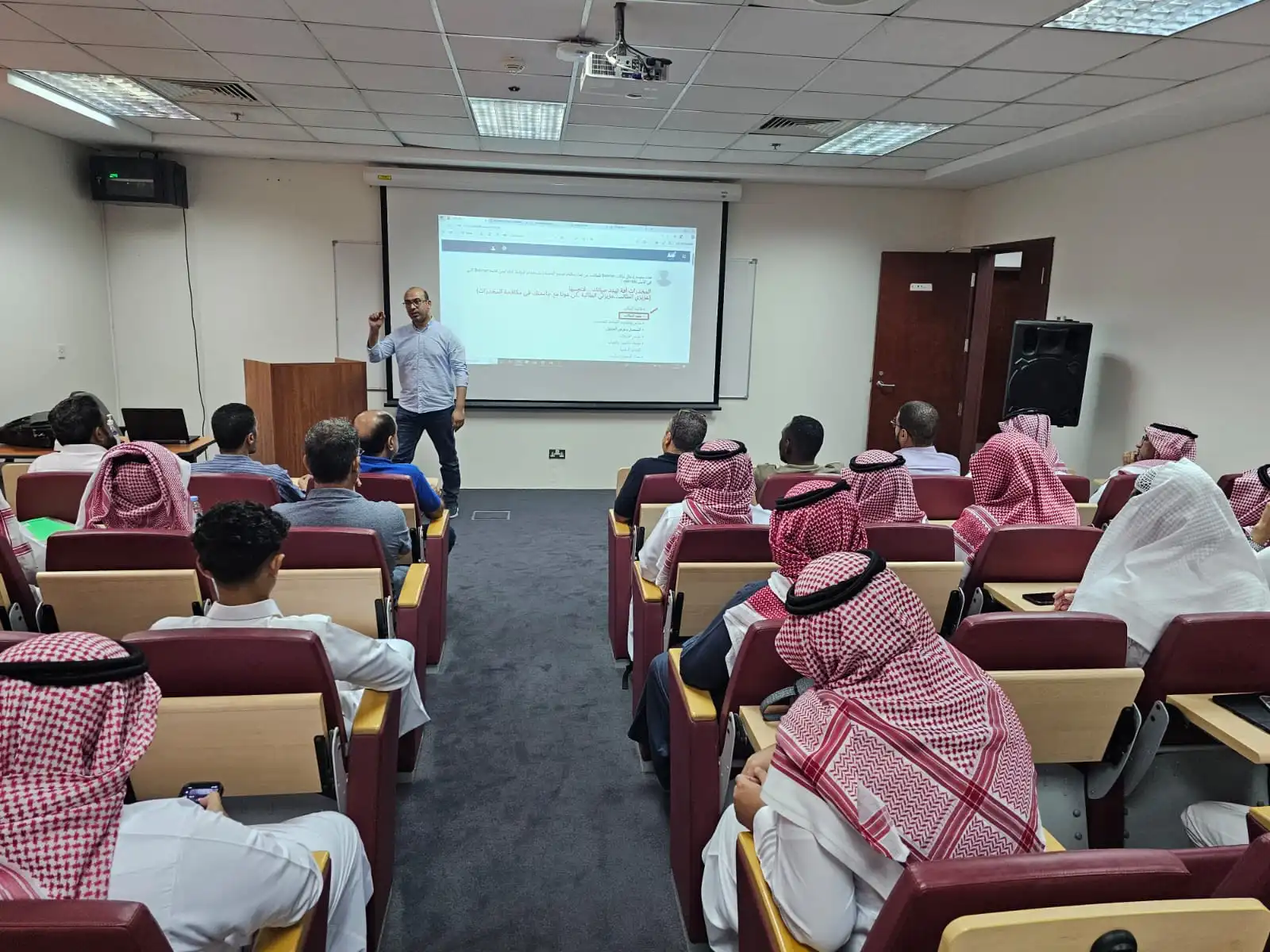الذكاء الاصطناعي المُوزَّع: تصنيف، مراجعة، إطار، ومعمارية مرجعية
28 أكتوبر 2024

شهد البحثُ والسوقُ في مجال الذكاء الاصطناعي نموّاً سريعاً في السنوات الأخيرة، ومن المتوقَّع أن يستمر هذا المنحى مع ما يحمله من ابتكارات وتقدُّم تقني. ومن الاتجاهات البحثية الصاعدة الذكاء الاصطناعي المُوزَّع (DAI)، الذي تدعمه تطوُّرات الاتصالات والشبكات والعتاد، فضلاً عن الطبيعة الموزَّعة والمتنوِّعة للبيانات المتولِّدة من كائنات متصلة. يُرتقب أن يهيِّئ DAI بيئةً خصبة لأساليب ذكية مبتكِرة وقابلة للتوسّع تُسهم في تحقيق رؤى المجتمعات الذكية.
تستعرض هذه الورقة أحدث ما نُشر في مجال DAI، وتحدِّد الفرص والتحديات المتعلقة بتقديم الذكاء الاصطناعي الموزَّع كخدمة (DAI-as-a-Service, DAIaaS). وقد أُنجِز تصنيفٌ شاملٌ ومراجعةٌ للأدبيات من 2016 إلى 2022 تغطي سير عمل AI، وأنماط التوزيع، والبنية التحتية الداعمة، وأساليب الإدارة، والتطبيقات. استناداً إلى هذه الرؤى، يقترح المؤلفون إطار (Imtidad) لتوفير DAIaaS عبر طبقات السحابة والضباب والحافة، ثم يُصقَل هذا الإطار ليُقدَّم معمار مرجعي برمجي (Reference Architecture, RA) لتصميم خدمات DAI ونشرها. كذلك جرى توسيع الإطار بإطار تحوُّل للبنية التحتية الشبكية المستقبلية بوصفها أحد الممكنات الرئيسة لـ DAI. يمكن للإطار والمعمارية المرجعية مساعدة الجهات المعنية على الانتقال إلى مستقبل تُفصل فيه خدمة DAI عن تصميم وتطوير التطبيقات الذكية، مما يُتوقَّع أن يُسَرِّع الابتكار في هذا المجال.































